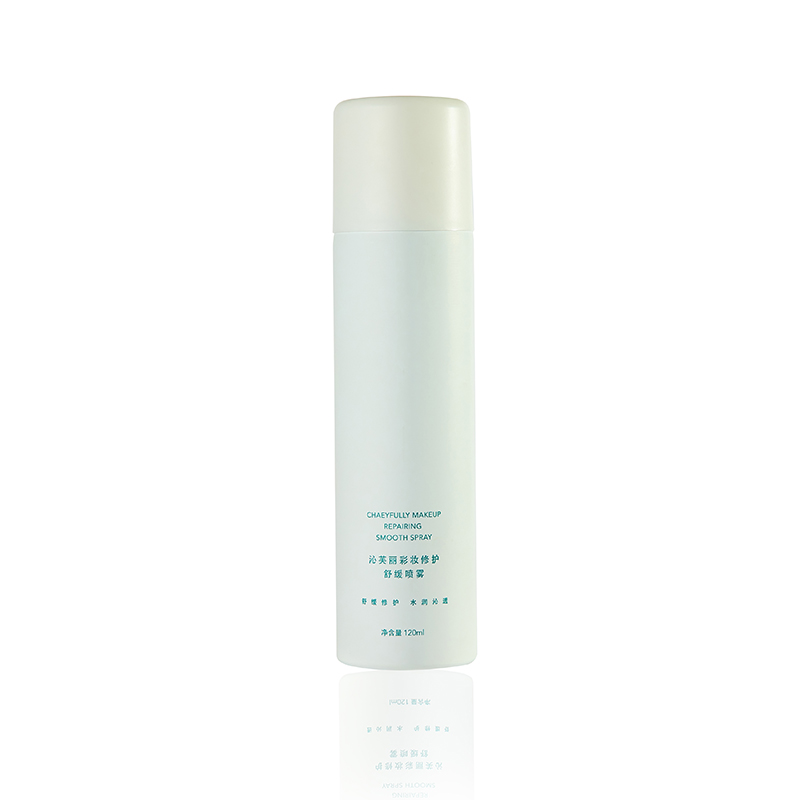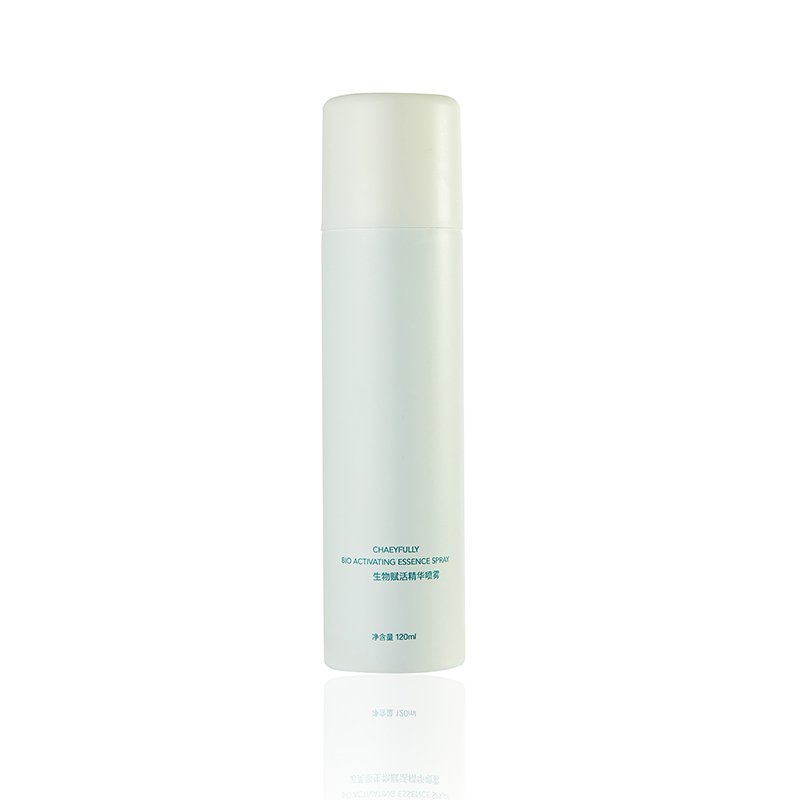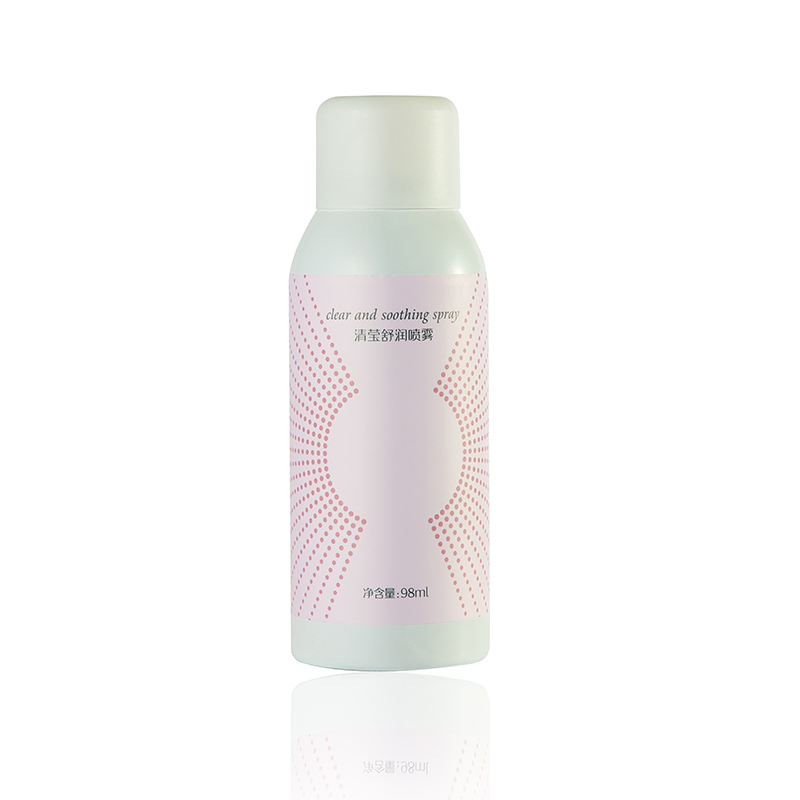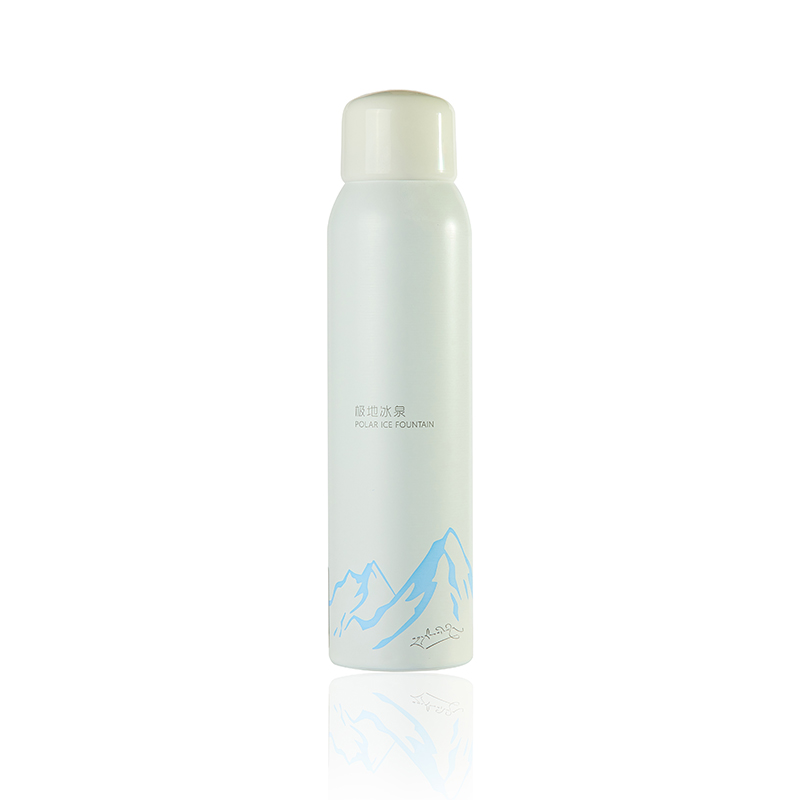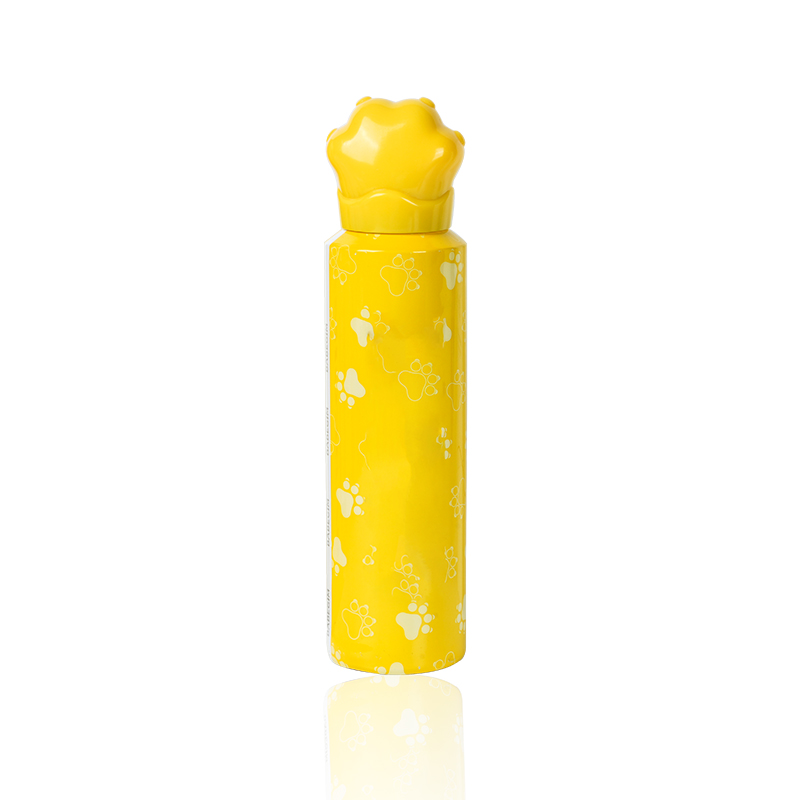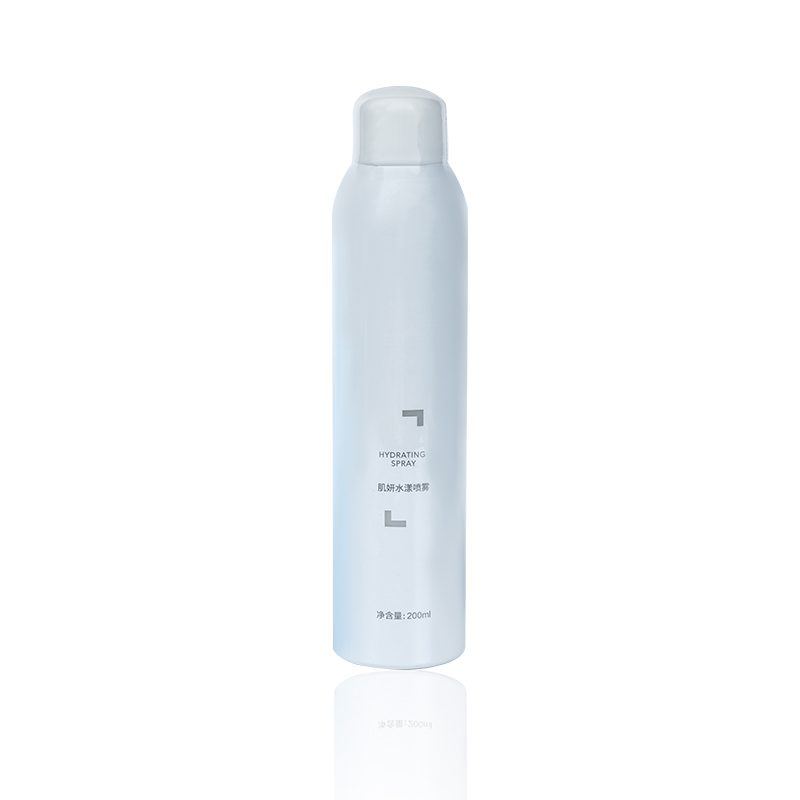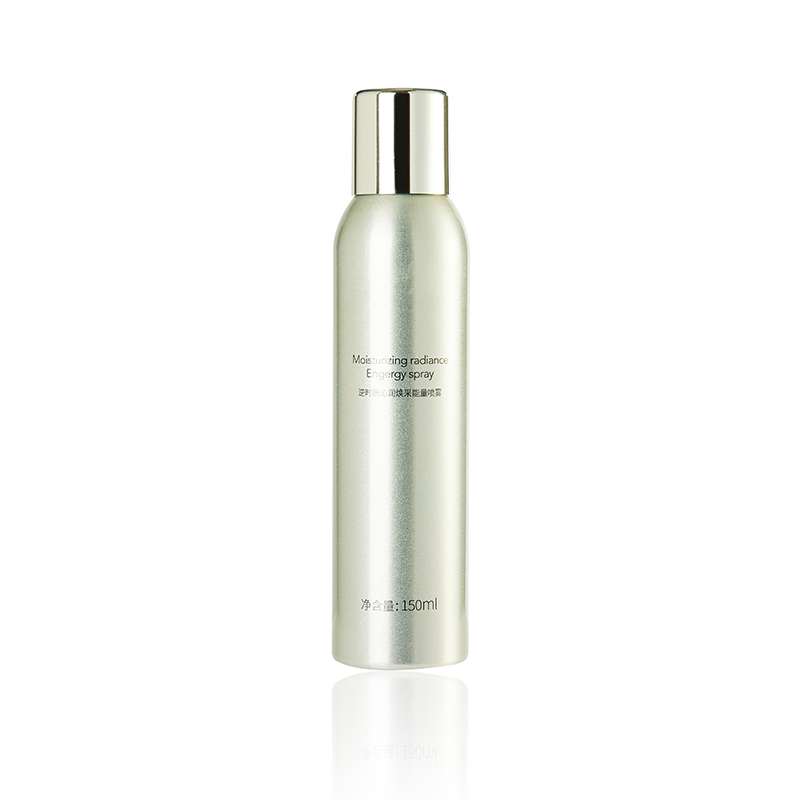Decontamination liquids, also known as disinfectants, antiseptics, or cleaning agents, have been a fundamental part of public health practices for centuries. Their evolution is closely linked to our understanding of microbiology, disease prevention, and sanitation. The development of decontamination liquids has had profound effects on human health, transforming how we manage infectious diseases, prevent cross-contamination, and maintain hygienic environments. This article traces the history of decontamination liquids, examining their origins, advancements, and ongoing importance in public health.
Early Beginnings: Ancient and Medieval Practices
Long before the advent of modern science, civilizations recognized the importance of cleanliness in disease prevention. The ancient Egyptians, Greeks, and Romans practiced rudimentary forms of sanitation and cleanliness, often using herbal remedies and other natural substances to clean wounds or surfaces. However, these early methods lacked an understanding of pathogens and microorganisms.
Egyptians used natron (a type of salt) to cleanse and preserve bodies, inadvertently discovering its antibacterial properties.
Greeks and Romans employed wine and vinegar as cleaning agents, particularly for their antiseptic properties. Galen, a prominent Roman physician, believed that vinegar could be used to treat wounds and prevent infection.
Despite these early efforts, there was no scientific understanding of the true causes of infection, and many practices were based on superstition rather than empirical evidence.
The Discovery of Germ Theory: A Turning Point in Public Health
The 19th century marked a major breakthrough in the history of decontamination liquids. The development of the germ theory of disease by pioneers such as Louis Pasteur and Robert Koch changed our understanding of infection and disease transmission. Their work demonstrated that microorganisms, or "germs," were responsible for causing many diseases, including tuberculosis, cholera, and typhoid.
Louis Pasteur discovered that microorganisms could spoil food and beverages, leading to the development of pasteurization—a method of heat treating liquids to kill harmful bacteria.
Joseph Lister, a British surgeon, applied germ theory to surgical practices. In the 1860s, Lister began using carbolic acid (phenol) to disinfect surgical instruments and wounds, significantly reducing postoperative infections and leading to the widespread adoption of antiseptic techniques.
This period marked the birth of modern decontamination liquids, as scientists began to create and test substances designed to kill harmful microorganisms.
The Industrial Revolution and Mass Production of Decontamination Liquids
The Industrial Revolution in the 18th and 19th centuries brought about significant changes in public health. With urbanization, the spread of diseases like cholera and typhoid became more rampant due to poor sanitation and overcrowded living conditions. This created a need for more effective disinfectants.
Chlorine and Lime: In the mid-19th century, the use of chlorine and lime as disinfectants became widespread in water treatment. Chlorine, in particular, became a key component in purifying drinking water, preventing the spread of waterborne diseases like cholera.
Bleach (Sodium Hypochlorite): In the 19th century, the discovery of sodium hypochlorite led to the creation of bleach, a powerful disinfectant still in widespread use today. It was first used in the textile industry but quickly found applications in public health due to its ability to kill bacteria and viruses.
The rise of mass production methods during the Industrial Revolution allowed for the widespread availability of disinfectants, contributing to improved sanitation and public health.
20th Century: The Rise of Synthetic Antiseptics and Antibiotics
The early 20th century saw a major leap in the development of decontamination liquids with the introduction of synthetic chemicals and the discovery of antibiotics.
Hydrogen Peroxide: This powerful oxidizing agent became popular in the early 20th century for use in disinfecting wounds and surgical instruments. It broke down into water and oxygen, making it safer for the environment.
Iodine-based disinfectants: Tinctures of iodine were commonly used for wound care and as an antiseptic for sterilizing surfaces.
Alcohol-based sanitizers: With the discovery of the germicidal properties of alcohol, especially ethanol and isopropyl alcohol, alcohol-based hand sanitizers became a staple in both healthcare and household settings.
In parallel with these advancements in disinfectants, antibiotics such as penicillin were discovered in the 1920s, further revolutionizing the fight against bacterial infections. While antibiotics targeted internal infections, decontamination liquids provided a frontline defense against external contaminants.
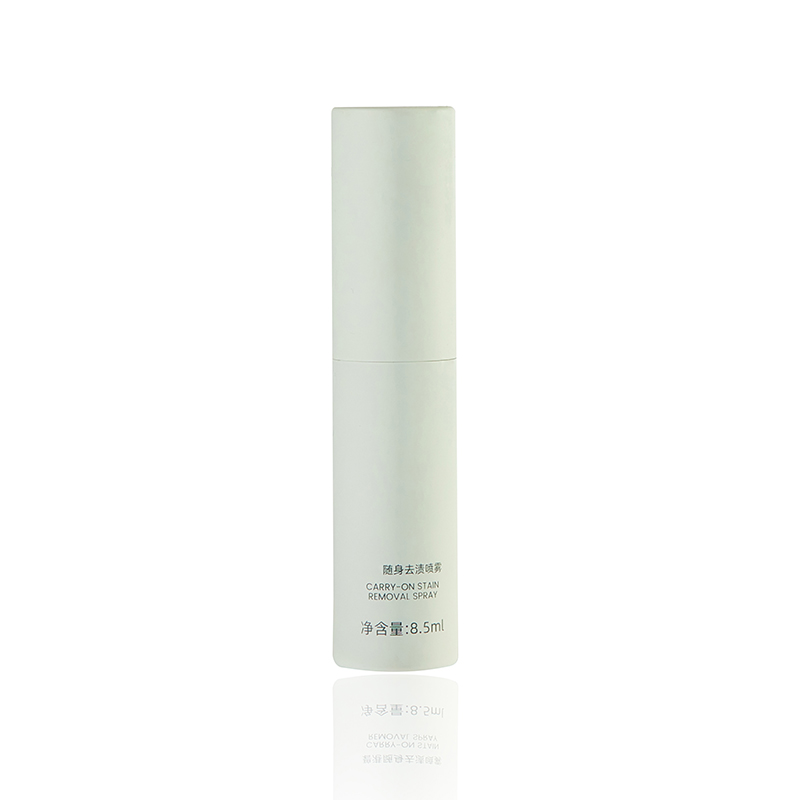
Late 20th Century to Present: Modern Decontamination Liquids
The latter half of the 20th century and the early 21st century witnessed the development of specialized decontamination liquids designed for specific applications across different industries, from healthcare to food safety to public sanitation.
Quaternary Ammonium Compounds (Quats): These became widely used in commercial cleaning, particularly in healthcare settings, due to their broad-spectrum antimicrobial properties.
Peracetic Acid: A more powerful disinfectant than chlorine and hydrogen peroxide, peracetic acid found widespread use in the food industry, especially for sanitizing equipment and surfaces in food processing.
Antiviral and Antibacterial Hand Sanitizers: In the wake of increasing concern over infections such as the flu and, later, COVID-19, alcohol-based hand sanitizers became ubiquitous. These products typically contain ethanol or isopropyl alcohol to kill harmful microorganisms on hands.
Additionally, the development of environmentally friendly and eco-conscious disinfectants has become a priority in recent years. Many decontamination liquids now come in biodegradable or non-toxic formulations, reflecting growing concerns over chemical exposure and environmental sustainability.
Challenges and Innovations in Decontamination Liquids
While the development of decontamination liquids has contributed to improved public health, challenges remain in ensuring their efficacy, safety, and environmental impact.
Antimicrobial Resistance (AMR): Overuse of disinfectants and antibiotics can lead to the development of resistant strains of bacteria and viruses, making them harder to control. The search for new active ingredients that are both effective and sustainable is an ongoing area of research.
Eco-friendly Solutions: As the world moves toward sustainability, the demand for biodegradable, non-toxic, and effective disinfectants has increased. Innovations in plant-based disinfectants, like those derived from citrus or tea tree oil, are gaining traction.
Nano-Technology: Recent innovations in nanotechnology have led to the development of disinfectants that utilize nanoparticles to more effectively target pathogens at a microscopic level, offering longer-lasting protection and reducing the need for frequent applications.
Conclusion
The history of decontamination liquids is a story of continuous advancement in our understanding of hygiene, disease transmission, and infection control. From the rudimentary methods of ancient civilizations to the sophisticated chemical formulations used today, decontamination liquids have played a pivotal role in public health. As we face new challenges, including emerging diseases, antimicrobial resistance, and environmental concerns, the evolution of these substances will continue to shape our ability to maintain safe and healthy environments for generations to come.

 English
English русский
русский Español
Español